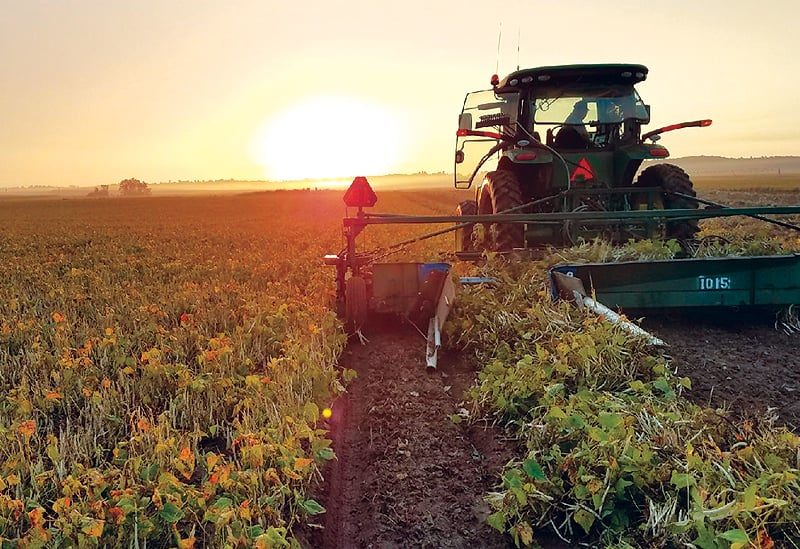No-Till Farmer
Get full access NOW to the most comprehensive, powerful and easy-to-use online resource for no-tillage practices. Just one good idea will pay for your subscription hundreds of times over.

ORGANIC OPPORTUNITY. Grand Marsh, Wis., strip-tiller Megan Wallendal and her husband, Eric, began transitioning a portion of their 1,800 acres over to certified organic production in 2015. While the process has come with challenges, they’ve been able to enjoy the efficiencies offered by strip-till while capitalizing on the higher priced and in-demand organic crops.
Often, it’s the allure of operation-wide cost reduction that convinces famers to transition into strip-tilling. But, on the Wallendal family farm, strip-tilling since 1985, they’ve found a way to push revenues in addition to enjoying the efficiencies. Initially transitioning around 20% of their acres to certified organic production has allowed them to grow high-value specialty crops on some of their least productive fields.
While they still grow plenty of conventional crops, Megan Wallendal, and her husband Eric, have found that the weed control benefits and targeted fertilizer applications of strip-tillage work particularly well for organics. Experimenting with high-value row crops (historically more than 35 different vegetables on the farm) and organic farming practices they’ve worked to evolve their 1,800-acre operation near Grand Marsh, Wis.
To build their strips, they use two 12-row Orthman 1tRIPr rigs, recently transitioning into a 22-inch system on nearly all of their strip-tilled acres. Wallendal says they converted their planters and tillage equipment to a 22-inch system for quicker plant canopy and row closure, along with more effective weed control and higher yields.
Their farm is comprised of mostly sandy soils with an average of 1% organic matter, under center pivot irrigation.
Due to certain limitations, farming organically comes with inherent costs — especially when it comes to inputs. Wallendal says the increased control over fertilizer placement in a strip-tilled system is especially important as those costs rise.
“Strip-till has been really important to us for organics, particularly, in terms of banding nutrients,” she says. “We've…